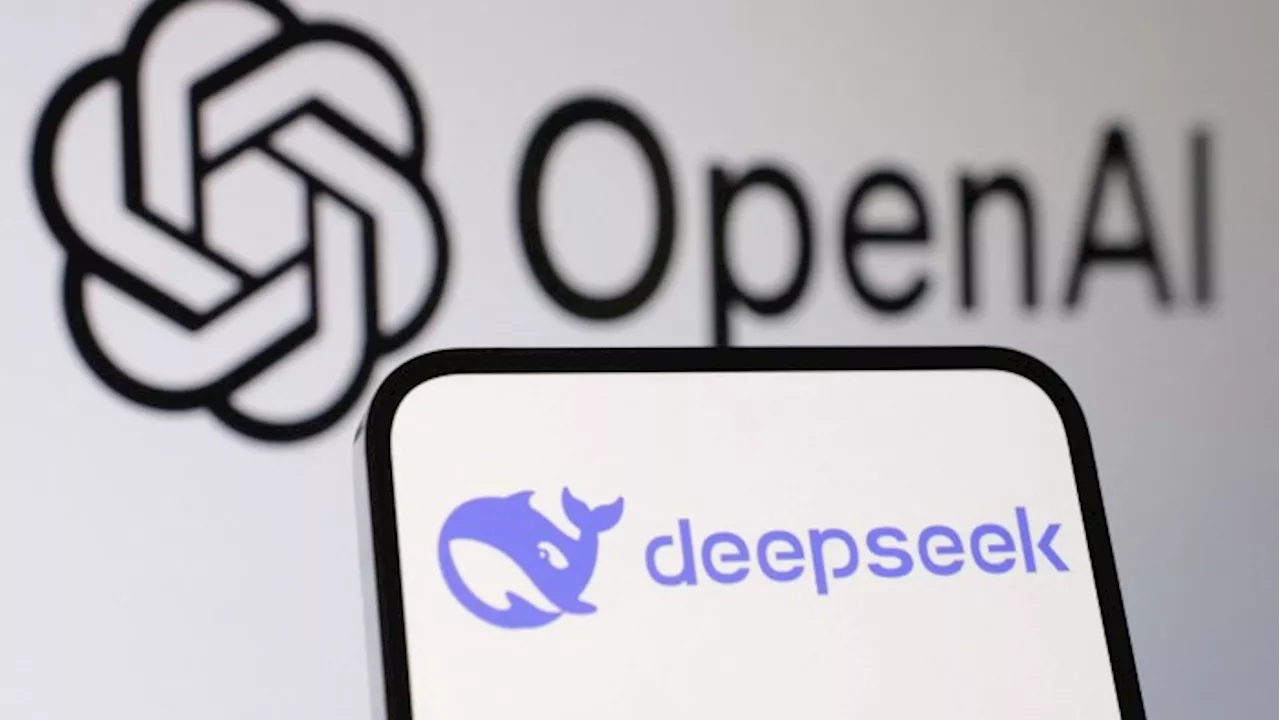DeepSeek, a Chinese AI lab, claims to have developed powerful and freely available Large Language Models (LLMs) that could challenge the dominance of OpenAI. While their efficiency is touted, questions remain about their true capabilities and the sustainability of their development strategy.
The recent surge in the stock market values of tech giants Nvidia, Microsoft, and Meta, fueled by the explosive growth of generative AI, has sparked a new wave of competition in the field. DeepSeek, a Chinese AI lab, has emerged as a major player, claiming to have developed powerful Large Language Models (LLMs) called V3 and R1 that are freely available.
While DeepSeek's models have generated significant buzz, questions remain about their true capabilities and the sustainability of their development strategy.DeepSeek asserts that training its V3 LLM in the cloud cost less than $6 million, based on an estimated 2.78 million Nvidia H800 GPU hours at a cost of $2 per hour. However, the lab's substantial investments in thousands of GPUs and research and development efforts suggest that the actual development cost is considerably higher. DeepSeek counters this by emphasizing the efficiency of its architecture, arguing that it doesn't require the exorbitant financial resources often associated with developing cutting-edge LLMs.DeepSeek's emergence is part of a broader trend of Chinese AI labs challenging the dominance of Western players like OpenAI. Alibaba, another prominent Chinese tech company, is also making significant strides in the AI field. As the AI landscape continues to evolve rapidly, the competition between Chinese and Western labs is intensifying, with both sides vying for leadership in this transformative technology
AI Large Language Models Deepseek Openai Competition Generative AI China
United Kingdom Latest News, United Kingdom Headlines
Similar News:You can also read news stories similar to this one that we have collected from other news sources.
 DeepSeek's Janus Pro LLMs Challenge OpenAI's DALL-E 3DeepSeek, the Chinese AI company, unveils Janus Pro, a family of multimodal LLMs designed to rival OpenAI's DALL-E 3 in image generation. Janus Pro 1B and 7B models demonstrate impressive performance, outperforming Stable Diffusion 3 Medium and DALL-E 3 in benchmark tests. The models are trained on a massive dataset and utilize a unique architecture that decoupled visual encoding. DeepSeek highlights the advancements made in overcoming limitations of the original Janus model, such as improved performance on short prompts and image generation quality. However, the company acknowledges that the models still have room for improvement, particularly in handling fine-grained tasks due to the limited input resolution.
DeepSeek's Janus Pro LLMs Challenge OpenAI's DALL-E 3DeepSeek, the Chinese AI company, unveils Janus Pro, a family of multimodal LLMs designed to rival OpenAI's DALL-E 3 in image generation. Janus Pro 1B and 7B models demonstrate impressive performance, outperforming Stable Diffusion 3 Medium and DALL-E 3 in benchmark tests. The models are trained on a massive dataset and utilize a unique architecture that decoupled visual encoding. DeepSeek highlights the advancements made in overcoming limitations of the original Janus model, such as improved performance on short prompts and image generation quality. However, the company acknowledges that the models still have room for improvement, particularly in handling fine-grained tasks due to the limited input resolution.
Read more »
 Can DeepSeek's LLMs Challenge OpenAI's Dominance?This article explores the emergence of DeepSeek, a Chinese AI lab offering freely accessible LLMs, and its potential to challenge OpenAI's leading position in the field. It examines DeepSeek's cost-efficiency claims, the influence of Chinese LLM developers, and the overall landscape of AI innovation.
Can DeepSeek's LLMs Challenge OpenAI's Dominance?This article explores the emergence of DeepSeek, a Chinese AI lab offering freely accessible LLMs, and its potential to challenge OpenAI's leading position in the field. It examines DeepSeek's cost-efficiency claims, the influence of Chinese LLM developers, and the overall landscape of AI innovation.
Read more »
 Tech stocks tank as US AI dominance no longer a sure betChinese startup DeepSeek rolls out open LLMs to rival Meta, OpenAI at fraction of cost
Tech stocks tank as US AI dominance no longer a sure betChinese startup DeepSeek rolls out open LLMs to rival Meta, OpenAI at fraction of cost
Read more »
 OpenAI says it has evidence China’s DeepSeek used its model to train competitorWhite House AI tsar David Sacks raises possibility of alleged intellectual property theft
OpenAI says it has evidence China’s DeepSeek used its model to train competitorWhite House AI tsar David Sacks raises possibility of alleged intellectual property theft
Read more »
 DeepSeek's R1 curiously tells El Reg reader: 'My guidelines are set by OpenAI'Despite impressive benchmarks, the Chinese-made LLM is not without some interesting issues
DeepSeek's R1 curiously tells El Reg reader: 'My guidelines are set by OpenAI'Despite impressive benchmarks, the Chinese-made LLM is not without some interesting issues
Read more »
 OpenAI CEO Calls Chinese Rival DeepSeek 'Impressive' Amidst AI Market TurmoilOpenAI CEO Sam Altman acknowledges the impressive capabilities of DeepSeek, a Chinese AI model that offers significant cost advantages over OpenAI's offerings. While praising DeepSeek's performance, Altman emphasizes OpenAI's belief in the importance of computing power for AI advancement. DeepSeek's emergence has triggered concerns about the dominance of Western AI companies and caused a significant drop in US tech stocks.
OpenAI CEO Calls Chinese Rival DeepSeek 'Impressive' Amidst AI Market TurmoilOpenAI CEO Sam Altman acknowledges the impressive capabilities of DeepSeek, a Chinese AI model that offers significant cost advantages over OpenAI's offerings. While praising DeepSeek's performance, Altman emphasizes OpenAI's belief in the importance of computing power for AI advancement. DeepSeek's emergence has triggered concerns about the dominance of Western AI companies and caused a significant drop in US tech stocks.
Read more »
